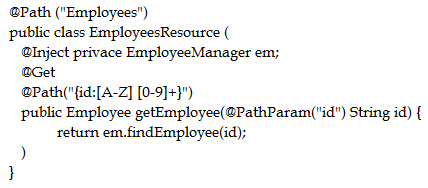Java EE 7 Application Developer
Here you have the best Oracle 1z0-900 practice exam questions
- You have 63 total questions to study from
- Each page has 5 questions, making a total of 13 pages
- You can navigate through the pages using the buttons at the bottom
- This questions were last updated on March 26, 2025
